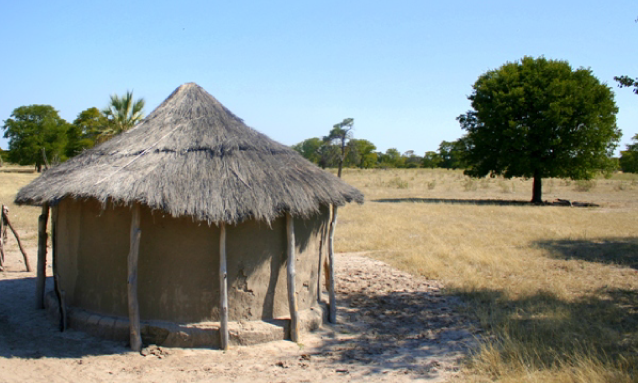
Travelling from the cities and towns to Botswana’s villages, the landscape changes from the modern high rises made of brick and mortar to one that harks back to the olden times: the art of Botswana’s traditional mud hut. The hallmark of architectural ingenuity, these huts are symbolic of Africa.
Sadly, despite their rich history and cultural heritage, the traditional mud hut is on a downward spiral to ‘extinction’. In recent years, it has fallen prey to modernisation and industrialisation. The huts, mainly made of mud or clay, with a peaked, thatched roof, is often seen as backward, inferior and primitive in modern 2020. Because of the materials they are built with, they are seen as incompatible with the use of electricity.
In Gaborone and other major towns, the traditional hut has all but disappeared.
The African hut like – a little background
Traditional huts were easier to build from a circular foundation with cheap, readily available raw materials: mud, clay and tree branches. But the logic was not just in the architecture; it was mostly in the communalism and complementary nature of society. Because of this relaxed philosophy to create shelter, Africans were not enslaved by the acquisition of shelter, as is often the case in the modern world.
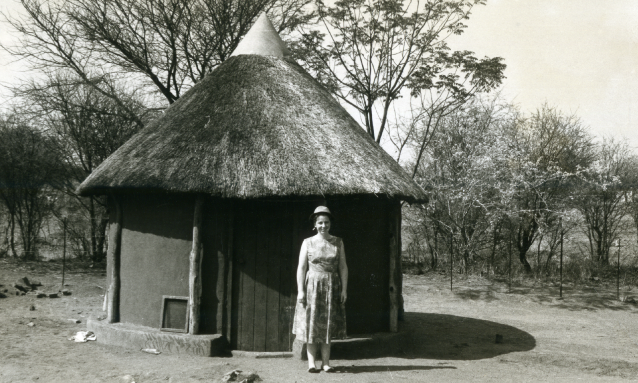
Historically, traditional huts played a societal role. Long ago, people sought safety in numbers and clustered together in walled villages for protection from external threat and cattle raiders. Because of the low cost and availability of materials, congestion was non-existent and families lived together in one homestead.
This meant that no family was ever without shelter, unlike today’s world, where many families are grappling with extortionate mortgage rates or simply can’t afford to buy, instead pouring small fortunes into rented properties.
Traditionally, houses were made from readily available local materials such as mud, cow dung and wood, while the roofs were thatched. Most of these houses were built by the people who lived in them. The houses were round in shape and often included a lolwapa or courtyard. Dwellings were often constructed by groups of people so that members of the same family could live in close proximity.
People took great pride in how they built their huts and would go to town with the artistic designs they incorporated into the structures. They also used various colours to make their designs stand out. Most of the huts also had beautiful verandahs and walls that the women would painstakingly carve into impressive pieces of art that completed the stunning natural landscapes.
Does the traditional hut have a place in the 21st century?
Even though many buildings constructed with the use of natural materials, particularly earth and cow dung, have stood the test of time, the construction of buildings out of these materials almost completely disappeared during the last Century. This was mainly due to the development of commercial building materials and labour-saving methods which became a symbol of status and prestige across Africa.
The skills and craft of building traditional huts often handed down through generations almost disappeared. Although huts still exist in poor, mostly rural Africa, they have been overtaken by technology and modernisation. Everyone dreams of buying expensive, modern homes, which take a lifetime to pay for and a fortune to repair and maintain.
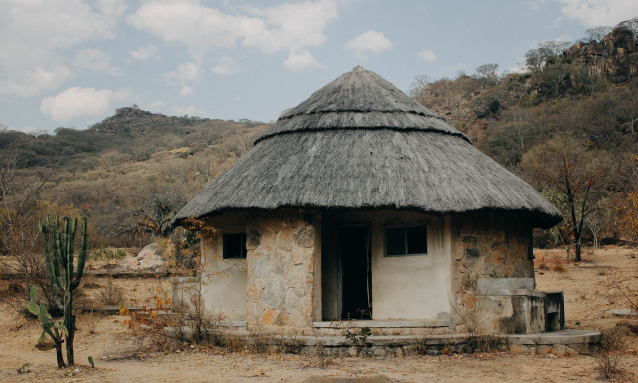
Small comfort, however, can be found in the fact that it is still common for some Batswana to own a house in larger towns where they work but also maintain rural links with their home village. Many also own a cattle-post, where they have livestock. Often, these are the place where they may have basic dwellings in the shape of traditional huts.
But still, more and more people are building modern structures at their farms, complete with modern home comforts such as landlines, electricity, water and even WiFi. Based on this, there’s no telling for how much longer the traditional hut will survive.
In villages, the central court and public forum known as the Kgotla (a meeting place, village council and law court all rolled into one), where community conflicts are resolved and decisions are made by consensus, remains a stark reminder of rural life. The construction of the Kgotla employs both the modern and traditional techniques; with the main structure made of concrete and the roof thatched.
Why the move from the traditional hut to the modern house?
People generally aspire to buy or even build concrete buildings, as it has become the standard symbol of power, status and respect in today’s world. Traditional mud huts are now looked down on as something the poor resignedly resort to in the absence of any other choice.
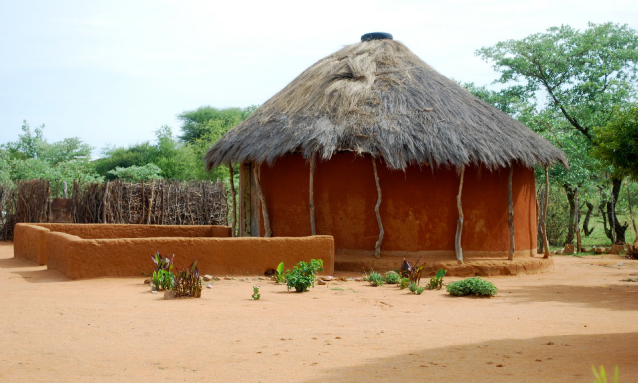
The promotion of industrialised materials over free, basic materials has not helped the situation. Our quest for globalisation has led to cities being transformed into the next Shanghai and Dubai, leaving behind a very strong part of our cultural identity. The shift in architecture—from the traditional, unique, and contextual to the modern and monotonous has spiralled in recent years.
The advantages of the traditional mud hut – are we missing a trick?
The construction of traditional huts historically promoted a sense of community, a spirit of cooperation in villages. Communal work boosted values of cooperation, once one of the cornerstones of village life. It eliminated the need to get a mortgage or loans to buy conventional building materials because the materials used to build huts were virtually free.
John Oprong, chairman of the Ugandan National Organisation of Trade Unions (NOTU), recently highlighted that huts being made out of local materials as opposed to imported products makes them not only environmentally friendly but also economically sound.
“A grass-thatched house is cool and when you drink water kept in a pot, it is as cold as water from the fridge,” he was quoted as saying in the New Vision, a Ugandan publication.
Ugandan architect, Sadam Kakande told leading pan-African digital media platform, This is Africa that some of the materials used in the construction of traditional huts such as clay and grass are not only good insulators but are also porous and allow a free flow of air.
“It is often very hot during the afternoons in Africa. The hut remains cool and is a welcome resting place. At night, when temperatures fall, the hut retains its daytime temperature, keeping the inhabitants warm,” Kakande explained.
“The materials used in modern buildings trap heat and odour and are often manufactured using procedures that harm the environment.”
Some quick fun facts about the traditional hut!
1. Mud huts are made from all-natural material and have zero carbon footprint.
2. They are stronger than modern homes made from cement and bricks.
3. Mud huts possess a thermal insulation property which allows it to stay warm during winters and cool during summers. During summers, the temperature inside a hut could be 10 degrees cooler than the outside atmosphere.
Due to its benefits such as “natural air conditioning”, serenity and tranquillity, the hut has found its way into the modern age in some parts of the world.
4. A plaster of cow dung makes waterproof and acts as a mosquito repellant. At the same, time it also purifies the air and aids breathing.
5. Sleeping on mud floors can ease back pain and help correct posture.
7. It is FUN to stay in these huts that provide us with so many positives.
Conclusion
It’s such a shame that with the advent of modern technology, we are all too quick to discard our traditional ideals and values. With this article, we wish to appeal to our fellow countrymen to continue evaluating indigenous knowledge and where possible, reawaken aspects of it that could prove beneficial in 2020. The combination of basic materials and designs employed in the construction of the mud hut served them well many years ago. The circular shape of the traditional huts reportedly made them sturdy and earthquake resistant. They are environmentally friendly and cost next to nothing to maintain.
Tin roofs and modern houses, in general, are built in a manner that often lets in hideous amounts of heat during the day, making the temperature inside the house higher than outside. Our modern houses are often like blazing furnaces in the extreme heat of our summers and freezing cold in our mild winters.
Rather than discarding everything our forefathers worked so hard to pass down the generations, wouldn’t it make more sense to seek inspiration from our roots, to carve out our own unique forms of architecture instead of always looking to imitate others?
Have you ever slept in a traditional mud hut? What was your experience? What are your thoughts about merging traditional and modern techniques to construct modern structures? Please share your views.
References: hatab.bw / yourstory.com / thisisafrica.me


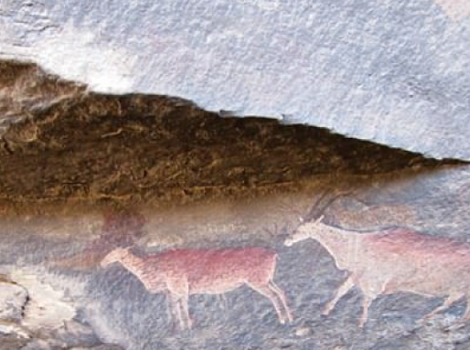
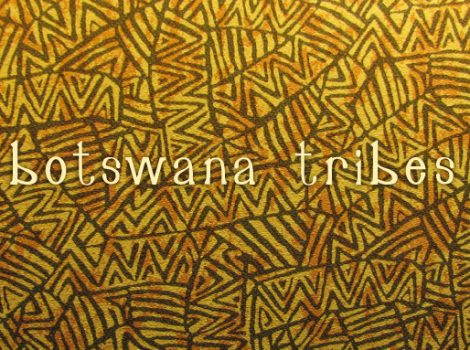
Truly said or elaborated, I personally have two of these huts,one modified with cement bricks but with thatch and the other one as traditional as you described, believe me when it’s hot I spend the days and nights in the traditional one as you mentioned because of all the reasons you mentioned….governments are behind all this lose of tradition because they can’t give you electricity in the mud referring it as a fire hazard when we grew up making fires in the same huts….see where we started loosing it…